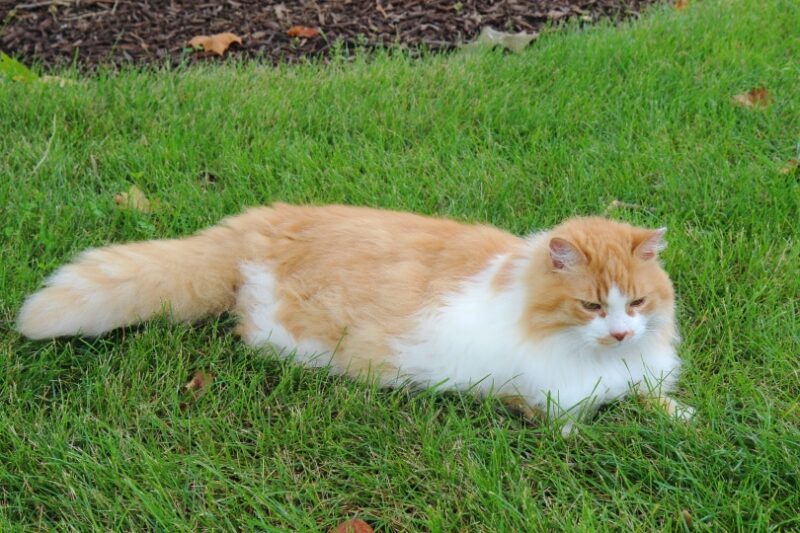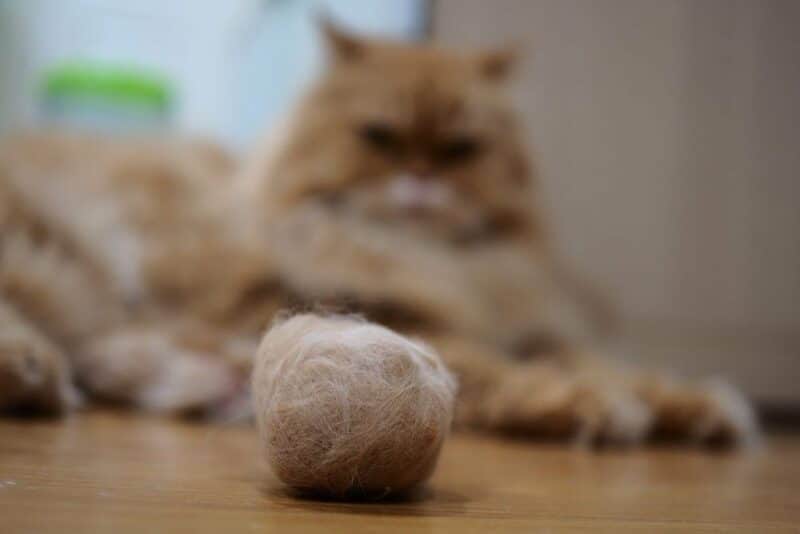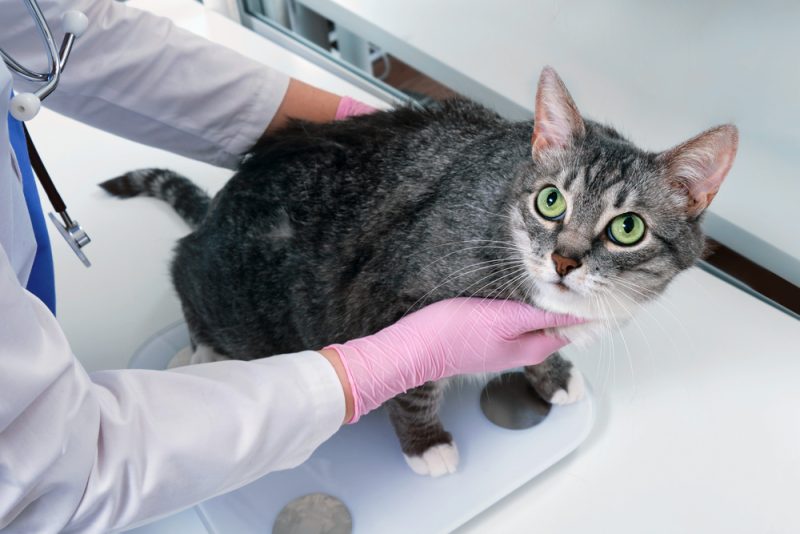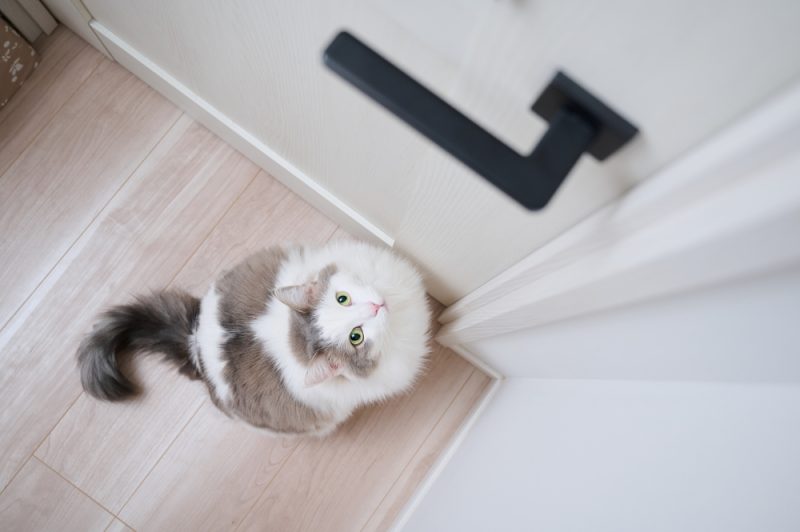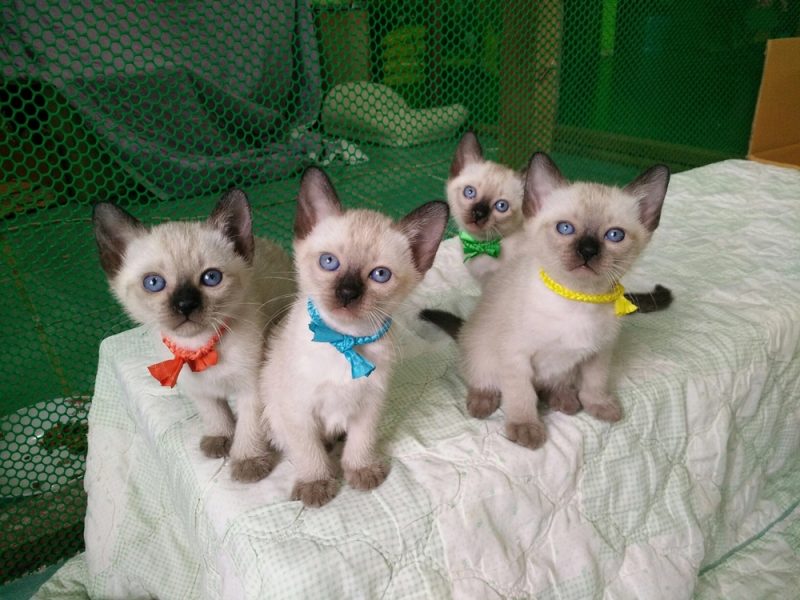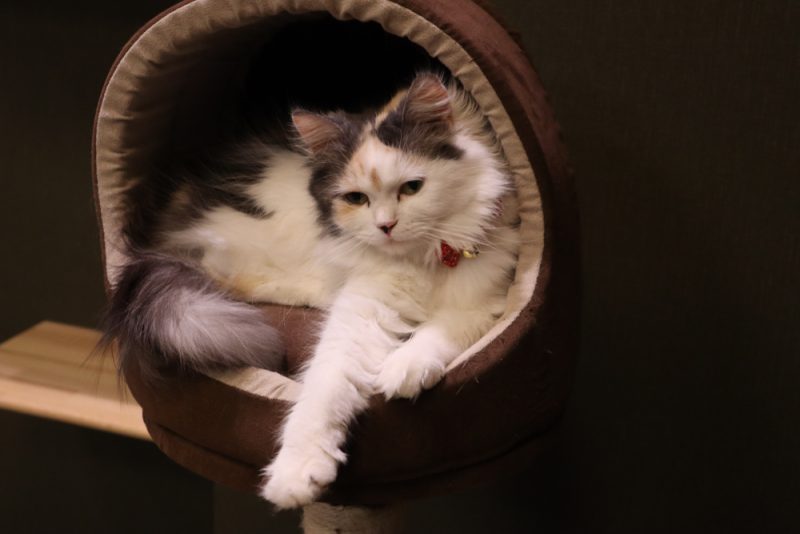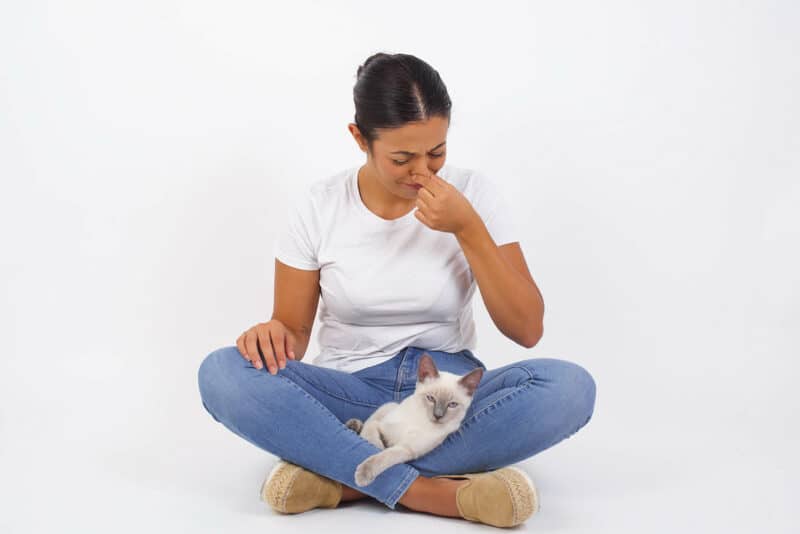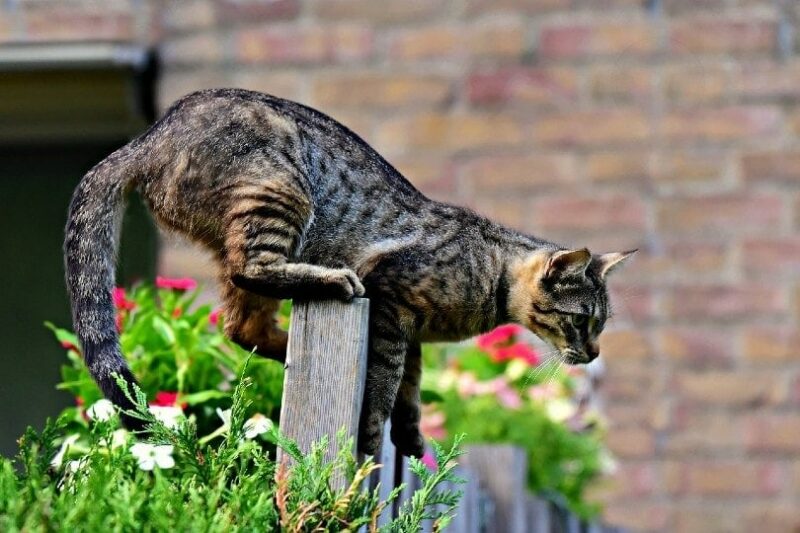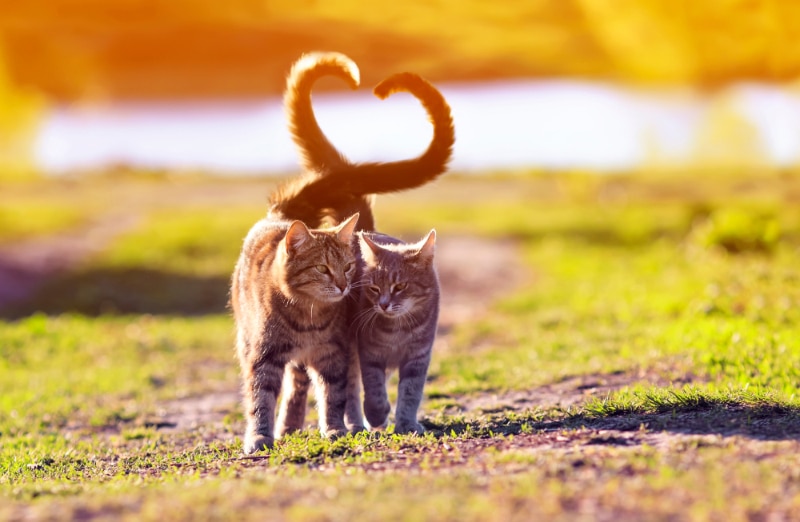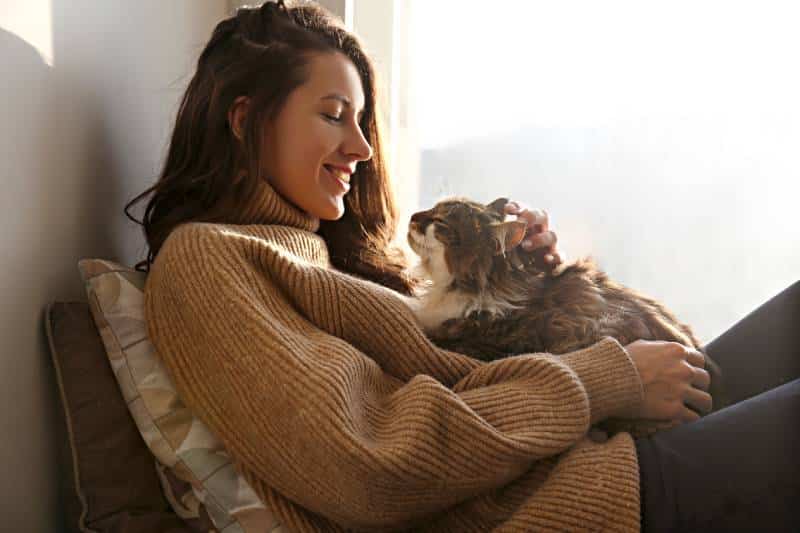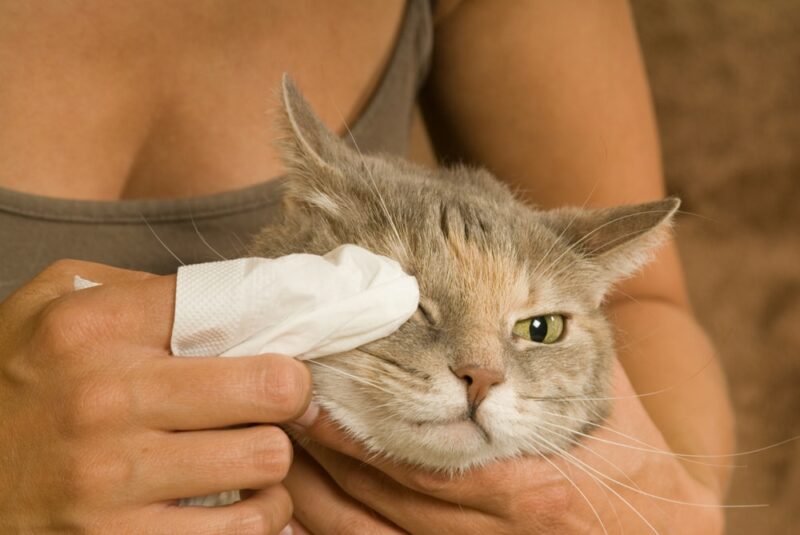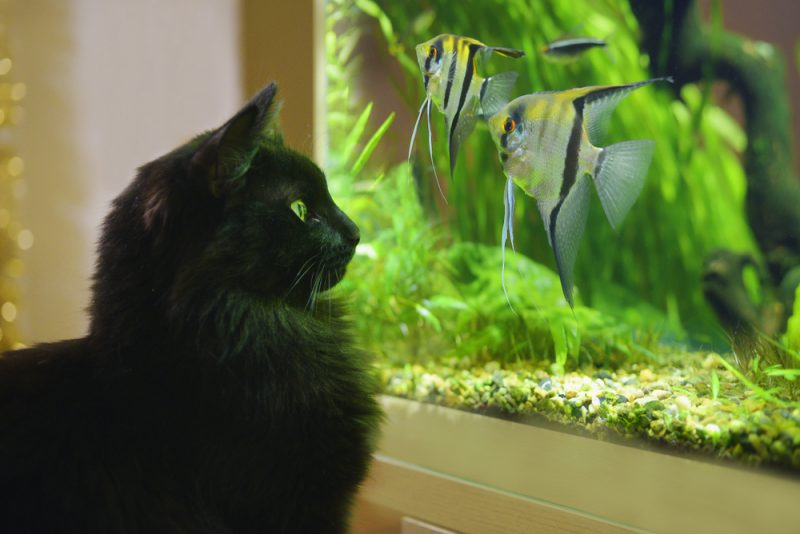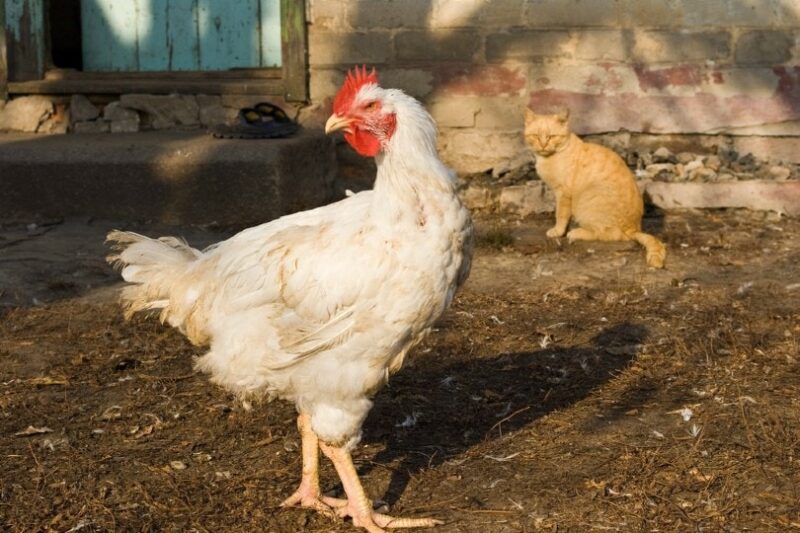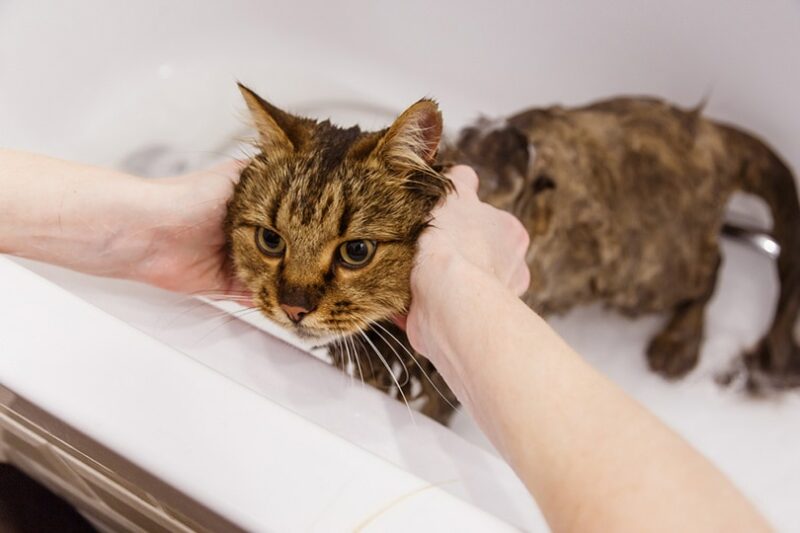In this article
View 8 More +The Domestic Longhair cat isn’t any one specific breed. Rather, it’s just the common name for a house cat with long hair. They come from mixed-breed ancestry; however, that doesn’t make them any less lovable. Domestic Longhairs are the United States’ second most popular cats, only behind their close cousins, Domestic Shorthair cats.
Breed Overview
Height:
Up to 18 inches (body), up to 12 inches (tail)
Weight:
8 to 15 pounds
Lifespan:
Up to 20 years
Colors:
All color variants and patterns
Suitable for:
Loving cat families, those seeking companionship
Temperament:
Loyal, loving, intelligent, friendly, gets along with other cats
Domestic Longhair cats can make great mousers and have earned that accolade through centuries of proven worth. But they’re not all work and no play. You’ll shortly come to find that Domestic Longhairs can be loving and loyal companions.
Domestic Longhair Cat Characteristics

Domestic Longhair Kittens
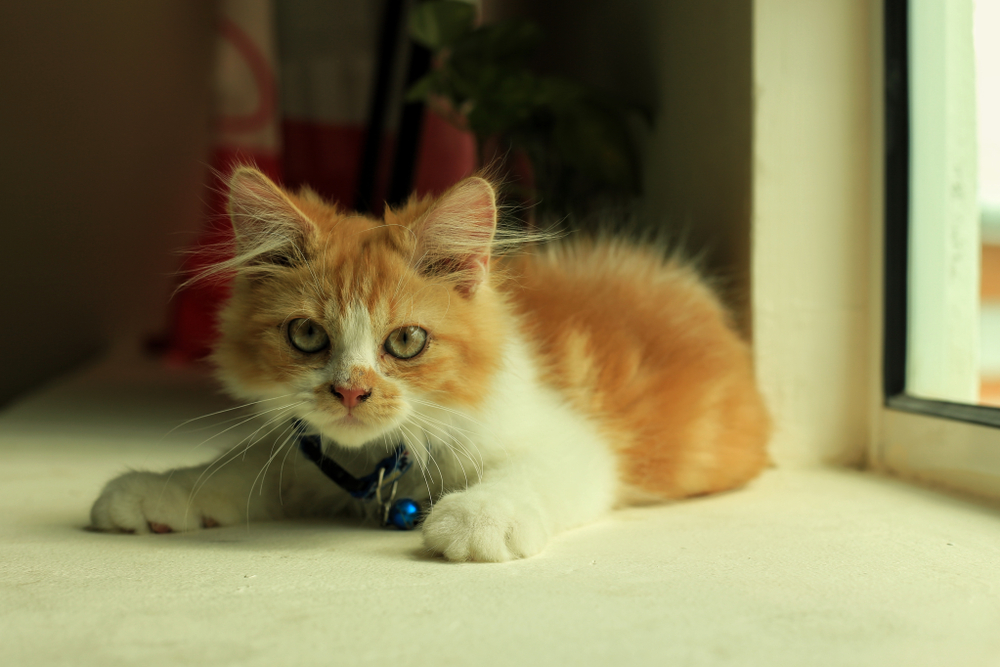
Before you pick up a Domestic Longhair kitten, there are just a couple of things you should be aware of.
First, do not confuse the Domestic Longhair cat with the American Longhair. They are two entirely separate cats. The Domestic is a naturally occurring mixed breed that developed through many years of crossbreeding between different cat varieties. The American Longhair is considered to be a purebred cat stemming from the same line American Shorthairs are derived from.
Second, long-haired cats require much more work than short-haired varieties. Their coats will need some help staying well-groomed and clean. They are also much more likely to be heavy shedders. If you have any form of cat allergy, you should avoid long-haired cats.

Temperament & Intelligence of the Domestic Longhair Cat
Each Domestic Longhair cat has their very own unique personality. However, they’re generally mild-mannered felines. They don’t always need to be the center of attention, but they won’t remain hidden either. Some can be very affectionate and love nothing more than a good snuggle, while others may prefer to show their appreciation from the far end of the sofa.
One thing that they do share in common, though, is their ability and desire to hunt. They have a very high prey drive and the ability to put it to work.
Are These Cats Good for Families? 👪
Domestic Longhairs make for excellent family pets, especially with children who understand how to treat a cat. They can be very playful and will treat kids as playmates. However, you’ll still need to keep a close eye on them. Domestic Longhairs aren’t the biggest pets around and may be injured during roughhousing.
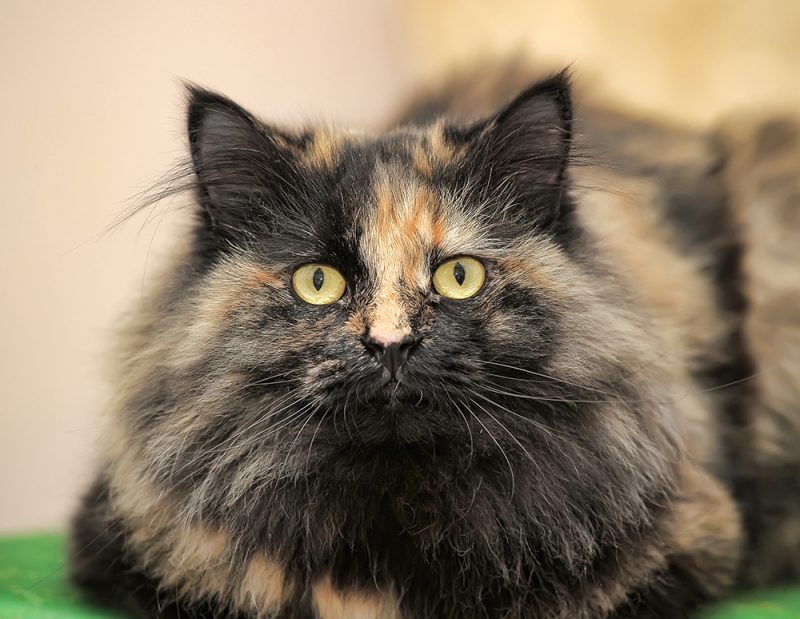
Does This Breed Get Along With Other Pets? 🐶 😽
This all depends on the cat. They can have varying personalities that will determine their compatibility. Often, they do just fine around other cats and even dogs. The biggest issue is pairing them with smaller pets such as hamsters, lizards, or birds. Domestic Longhairs have an exceptionally high prey drive. Pairing them with “huntable” or “natural prey” pets is just an accident waiting to happen.

Things to Know When Owning a Domestic Longhair Cat:
When it comes to caring for a Domestic Longhair, they’re relatively easy compared to other cats. But there are a few basics that you should know to ensure the best possible well-being for your feline friend.
Food & Diet Requirements 
Like all cats, the Domestic Longhair is an obligate carnivore. This means that they require meat and protein to survive. Carbohydrates, fruit, and veggies aren’t necessarily needed in their diets. So, you should opt for high-quality nutritious cat food to meet their nutrition requirements.
We recommend you take a look at our Vet’s Guide: Cat Food: Why It Pays to Get It Right so you have a clear understanding of the main differences between the huge variety of cat food options. You can also check our Vet-Approved Reviews on the Best Cat Food options guide and pick between some of the great options.
Just be sure not to overfeed your cat. They don’t need to eat as much as we do. Generally, having a clear understanding of how many calories a cat needs to maintain a healthy body condition score can help you know how many cups of your food of choice to feed per day.
Exercise 🐈
Cats might seem like they don’t require as much exercise as other animals. They prefer to spend most of their days lounging about and catching some zzz’s. But that doesn’t mean they need to remain inactive. Your Domestic Longhair cat should remain active for at least 30 minutes a day.
This can best be accomplished through a couple of fun play sessions with them. Since they are smart and effective hunters, we recommend interactive toys that get them moving. Wand and feather toys do well along with laser pointers. These cats love to chase, hunt down, and kill the elusive red dot.
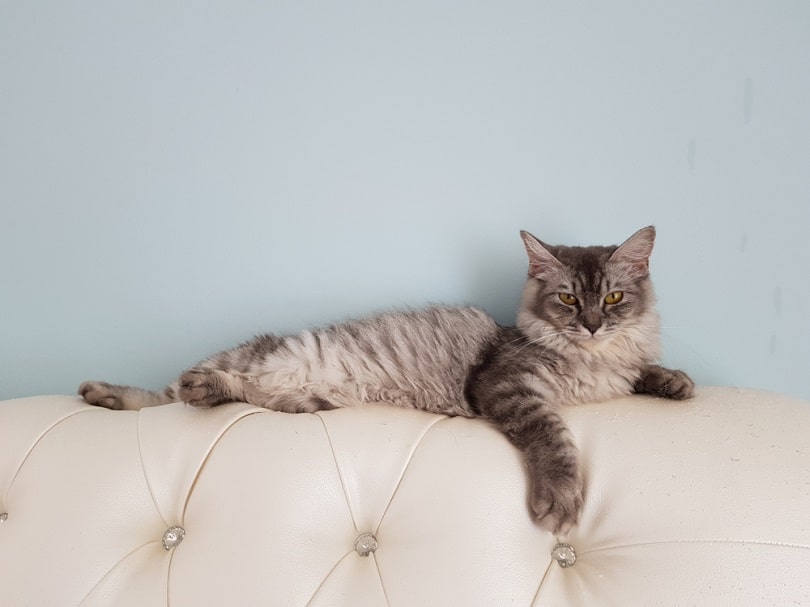
Training 🧶
Many people believe that you can’t train a cat. That’s simply not true. You can train a cat to do tons of wonderful tricks, such as playing fetch, coming when called, walking on a leash, and even a couple of dog-like tricks, like rolling over or spinning!
Like other cats, Domestic Longhairs come pre-programmed with a sense of litter training. They are naturally very clean animals and instinctively bury their waste. All you need to reinforce is the location of their boxes and the proper places to relieve themselves.
Grooming ✂️
This is the most complicated part of owning a long-haired cat. Although their coats can be luxurious and beautiful, they are going to require maintenance to keep them that way. Depending on your cat’s fur, we recommend daily to twice-weekly brushing to ensure their hair remains soft and unmatted. Also, it will help reduce unwanted shedding.
Trimming your cat’s claws is another big part of keeping them well-groomed. If grown too long, their claws can curl back and start to irritate or even penetrate their footpads. To stop your kitty from damaging their adorable little toe beans, be sure to check on their claws at least twice a month and provide them with a quality scratch post or mat.
Health and Conditions 🏥
Domestic Longhairs are hardy and resilient cats that tend to enjoy good health. This is due to their mixed-breed heritage. They aren’t predisposed to particular health conditions. However, that doesn’t mean that they won’t experience any health issues—they’re just far less likely to than others.
The most common ailments your Domestic Longhair will face will be worms, fleas, allergies, and urinary tract infections. These are all conditions that are treatable and mostly preventable. The parasites can even be prevented through vet-prescribed medications and treatments.
There aren’t any real serious threats to your Domestic Longhair other than illnesses that reach across all breeds, such as cancer, diabetes, or infectious diseases like feline leukemia virus. Dental issues in cats are also common and preventable if you establish regular teeth cleaning from an early age.
- Worms
- Fleas
- Allergies
- UTI
- Cancer
- Diabetes
- Feline leukemia virus
- Feline immunodeficiency virus

Male vs. Female
The physical differences between males and females are very slight, except for reproductive anatomy. There is no real notable difference between size or weight. However, the same can’t be said about their behavior.
Males are often the most aggressive of the two especially when sexually mature and non-neutered. They’ll begin to mark their territory and spray urine around the house once they come of breeding age. Male cats are strongly recommended to be neutered as soon as possible to eliminate many of these behaviors. After neutering, males will become much more mild-mannered and loving.
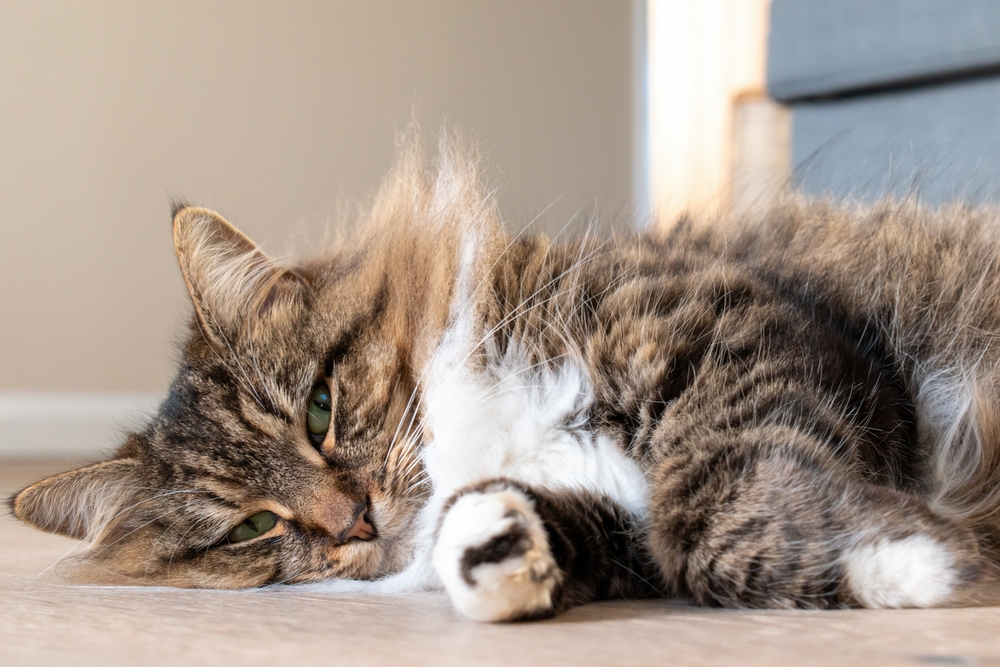

3 Little-Known Facts About the Domestic Longhair Cat
1. Their Long-Haired Coat Is Due to a Genetic Mutation
Four possible mutations can produce long-haired coats in domestic cats, and all of these have been identified in the same gene. Three of the mutations are considered to be breed-specific, while the fourth is present in all long-haired cat breeds and crossbreeds. This is called M4 gene mutation.
2. The Domestic Longhair Can Still Compete in Cat Shows
While it may seem strange to have mixed breeds in a competition, this is a relatively common occurrence in the cat show world. Several major shows have “Household Pet” divisions where Domestic Longhairs and Shorthairs alike can compete. According to the Federation Internationale Feline, a Domestic Longhair may exhibit any eye color, all coat colors and patterns, any coat length or texture, and any length of tail.
3. Many Domestic Longhairs Are Prolific Mousers and Plague Fighters
Generally speaking, the Domestic Longhair is an excellent mouser. That skill proved exceptionally useful in the mid-1600s. At this time, the Black Death was sweeping across Europe spreading through disease-carrying fleas that lived on rats. Through their skills, the cats were able to cull the rodent population and help fight back against the plague. These mousing skills also earned them a place aboard seafaring vessels where they would hunt down stowaway rats and help fight off other rodent-borne diseases.
Perhaps the most famous Domestic Longhair was a London street cat named Humphrey. Found just outside of the British Prime Minister’s private estate at 10 Downing Street in 1988, this Domestic Longhair had an uncanny knack for mousing. By 1997, Humphrey had gained the official title of “Chief Mouser to the Cabinet Office.” He was paid by the British government to the tune of £100 per year.

Final Thoughts
If you’re considering choosing a new cat for your home, a Domestic Longhair is excellent. They come in all shapes, sizes, colors, and personalities. So, there’s bound to be one that’s perfect for your home. If you require a great mouser, look no further than the Domestic Longhair, as many are top-notch mouse hunters.
Remember to check out your local shelter first when adopting. There are plenty of sweet cats that need a good, loving home. Just be sure to have them neutered or spayed before bringing them home.
Related Reads:
Featured Image Credit: Stephen B. Goodwin, Shutterstock
